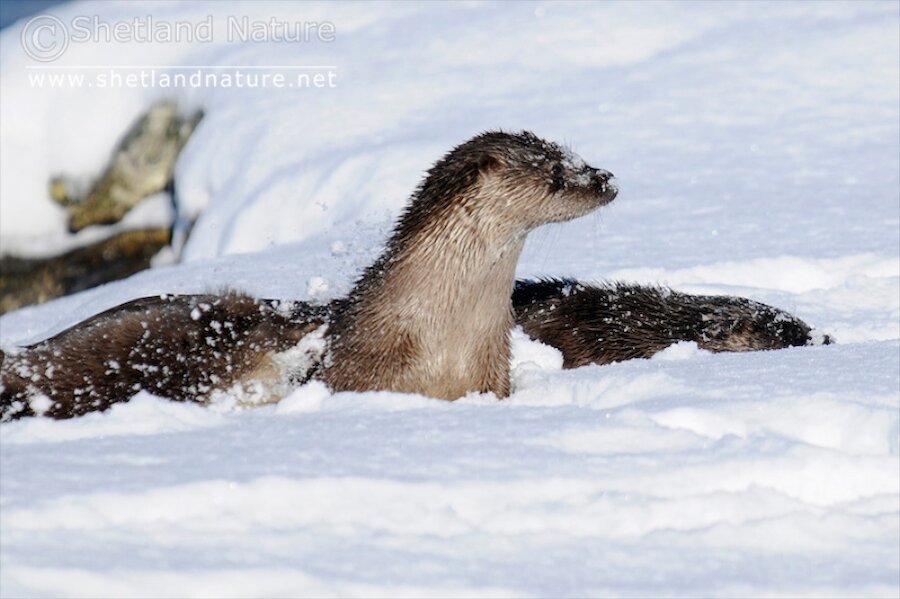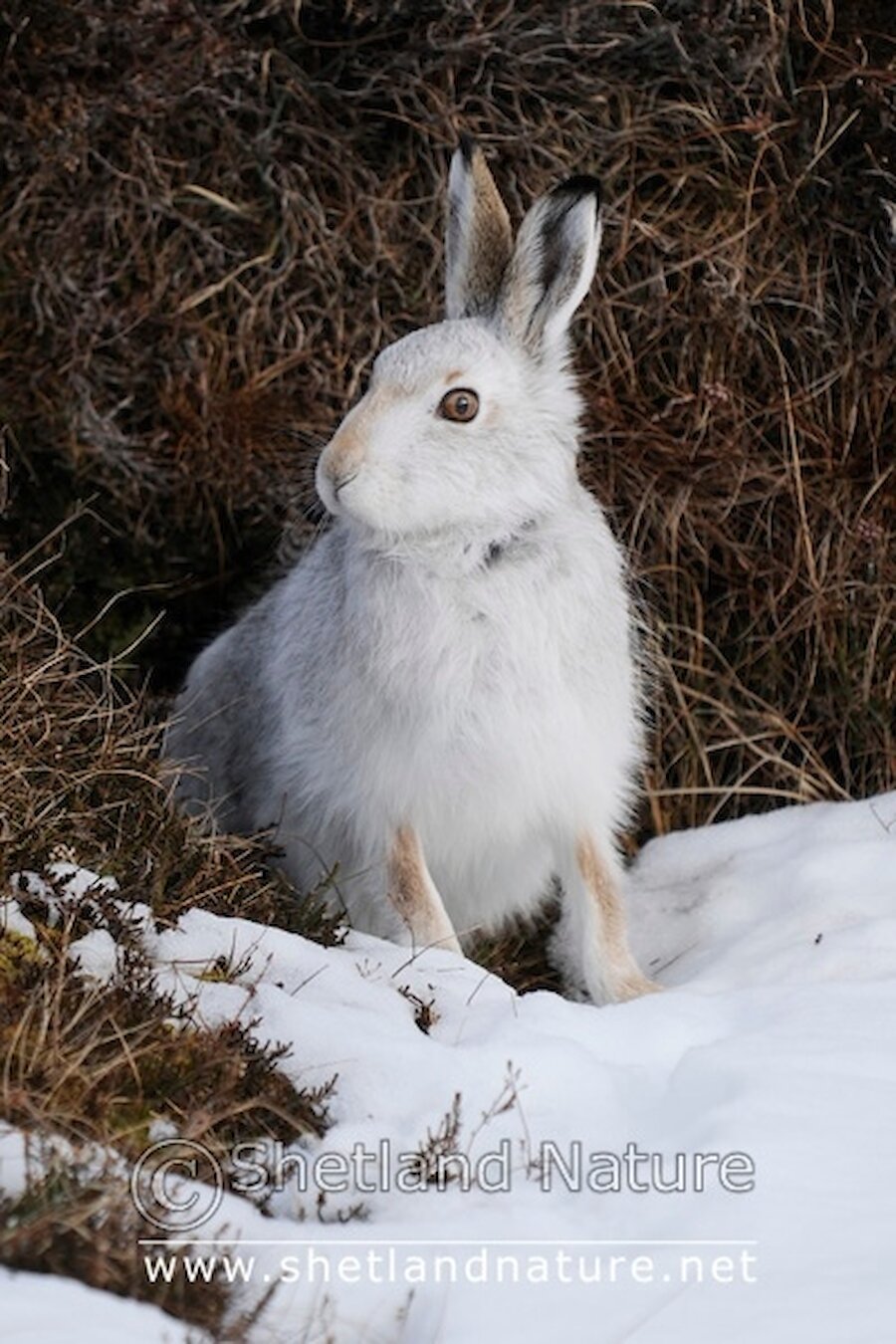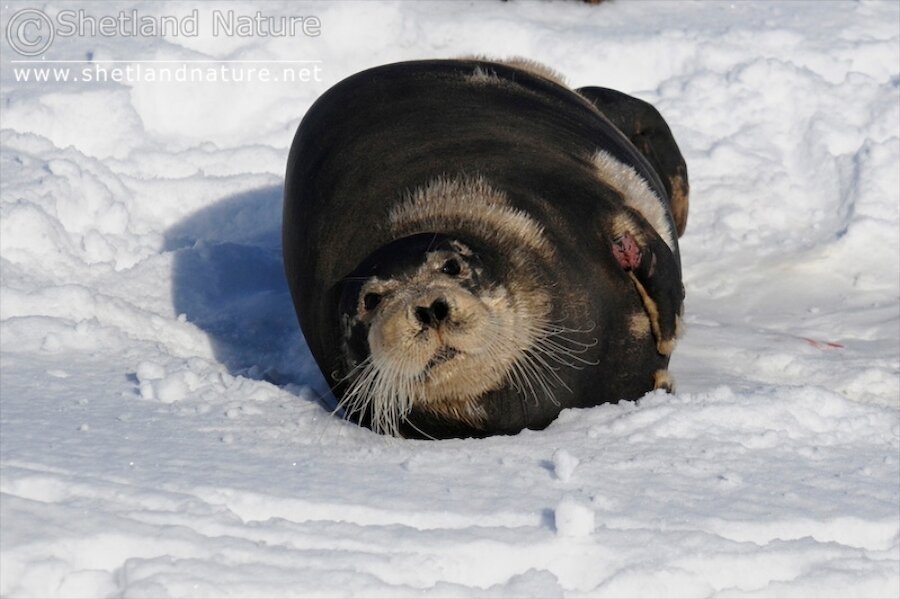Winter wildlife wonderland
This has undoubtedly been one of the coldest winters on record in Shetland with much of it seeing the Islands covered in snow. February was no exception as a depth of snow smothered the landscape for the majority of the month.
Although such harsh conditions undoubtedly make life harder for wildlife one cannot help but be in awe of what beauty it brings. For our resident wildlife, like my heart felt favourites, otters seem to take full advantage of the opportunity to play in the snow.
Whether a cub of a few months old or a fully-grown adult, otters never loose that energetic and playful urge and the snow only encourages it! Otters are renowned for "sledging" in the snow and if you are lucky enough to experience this, it is one of the main highlights to make a winter so special….Read more about otters in Shetland.



